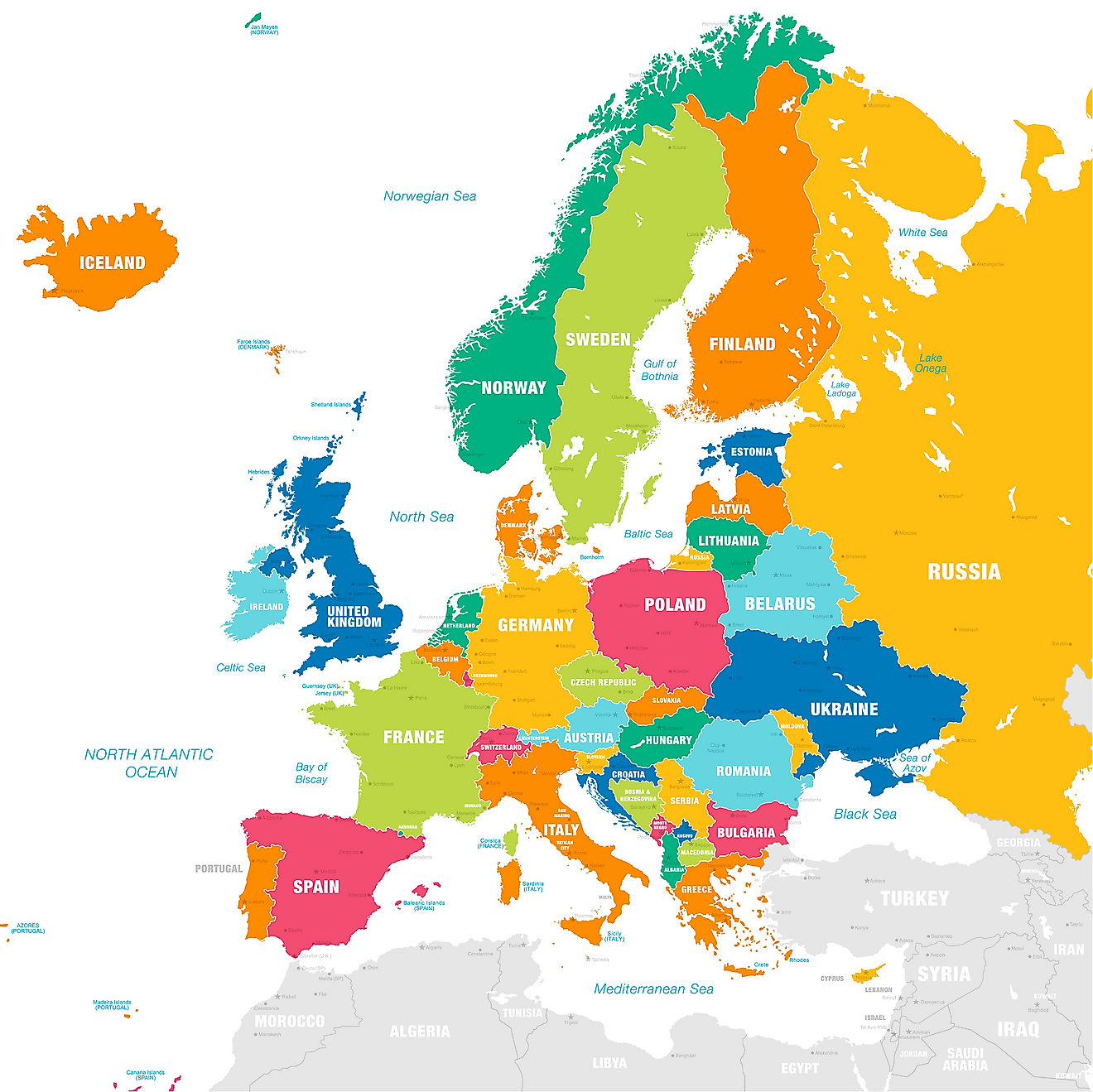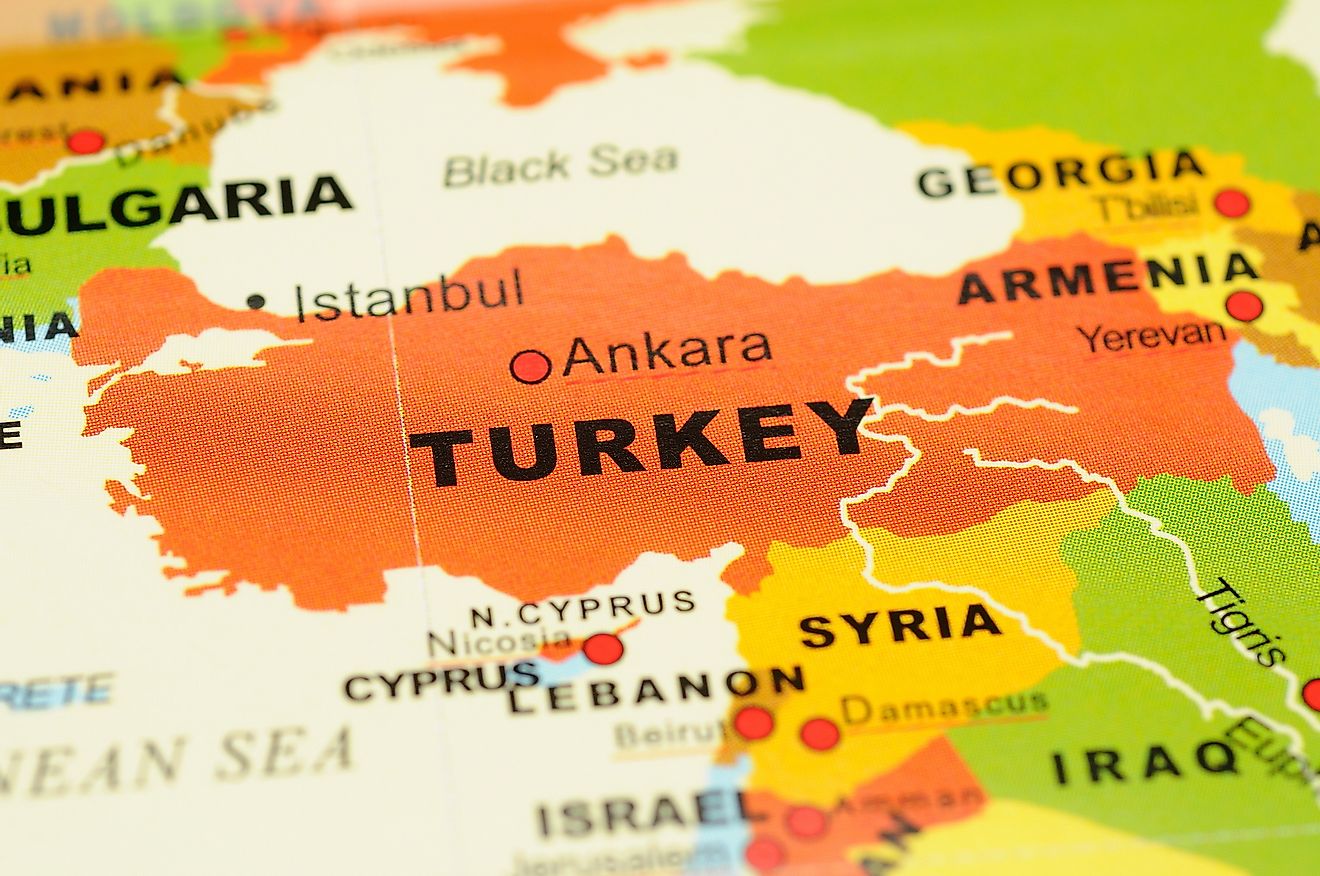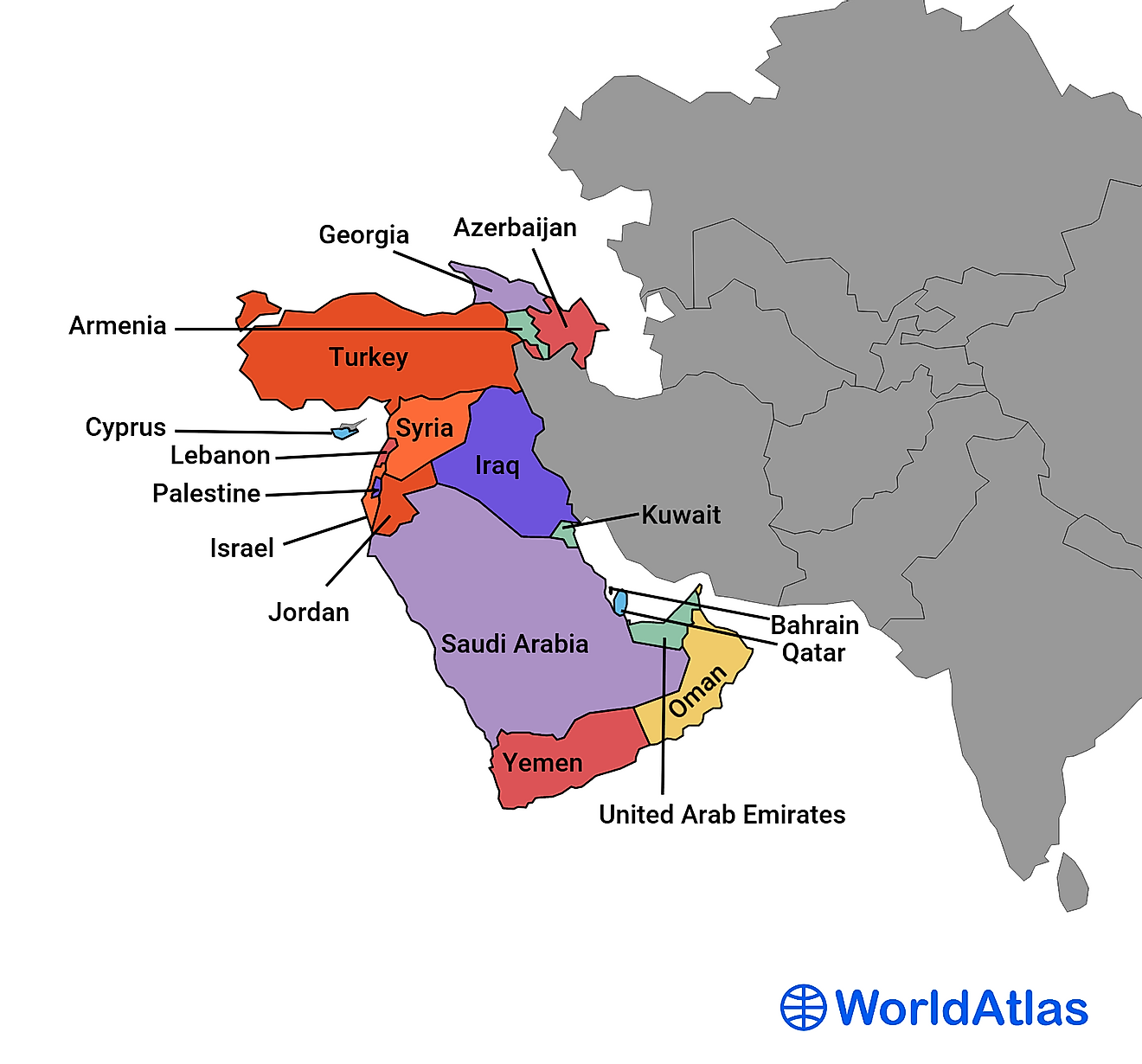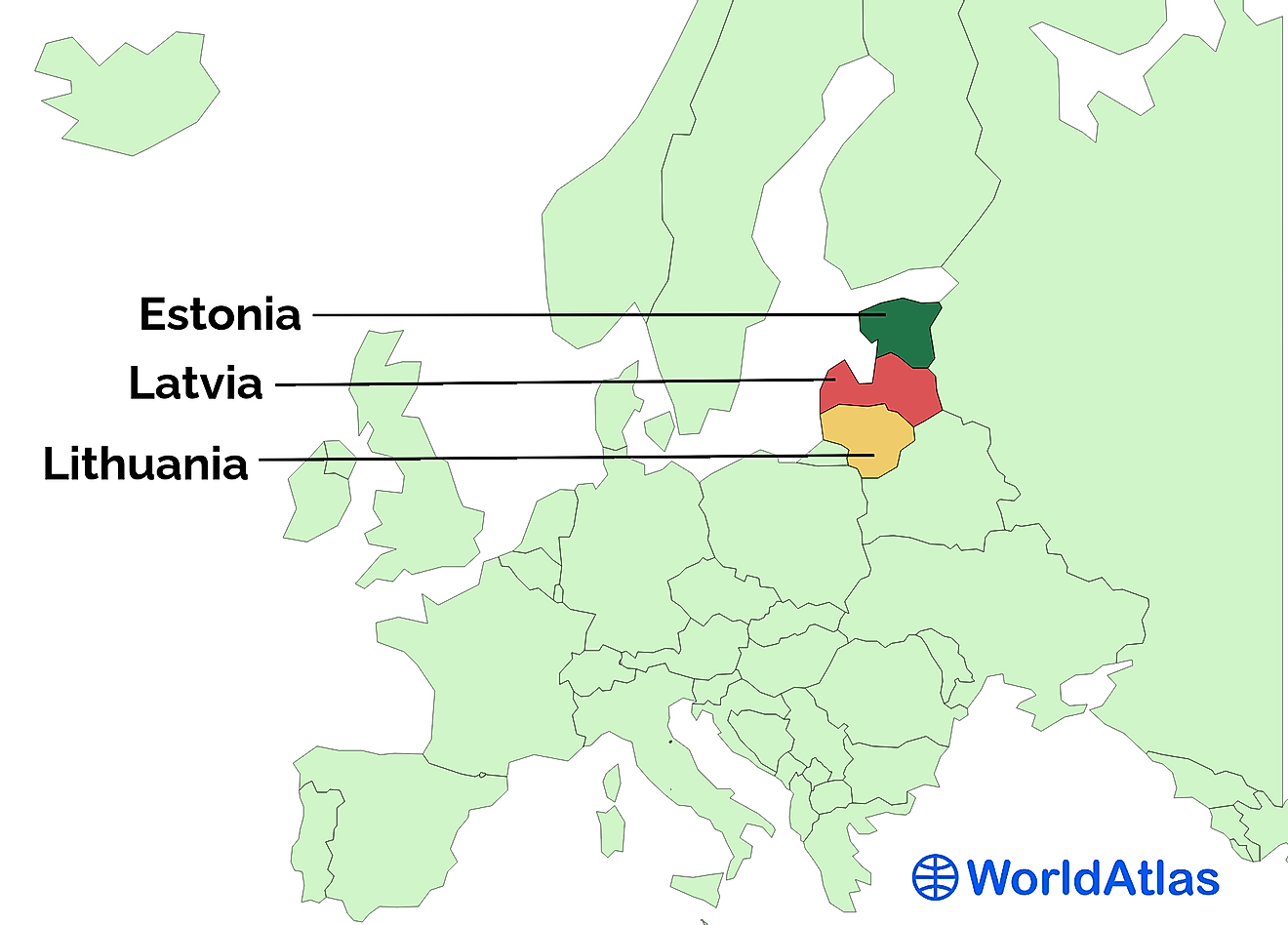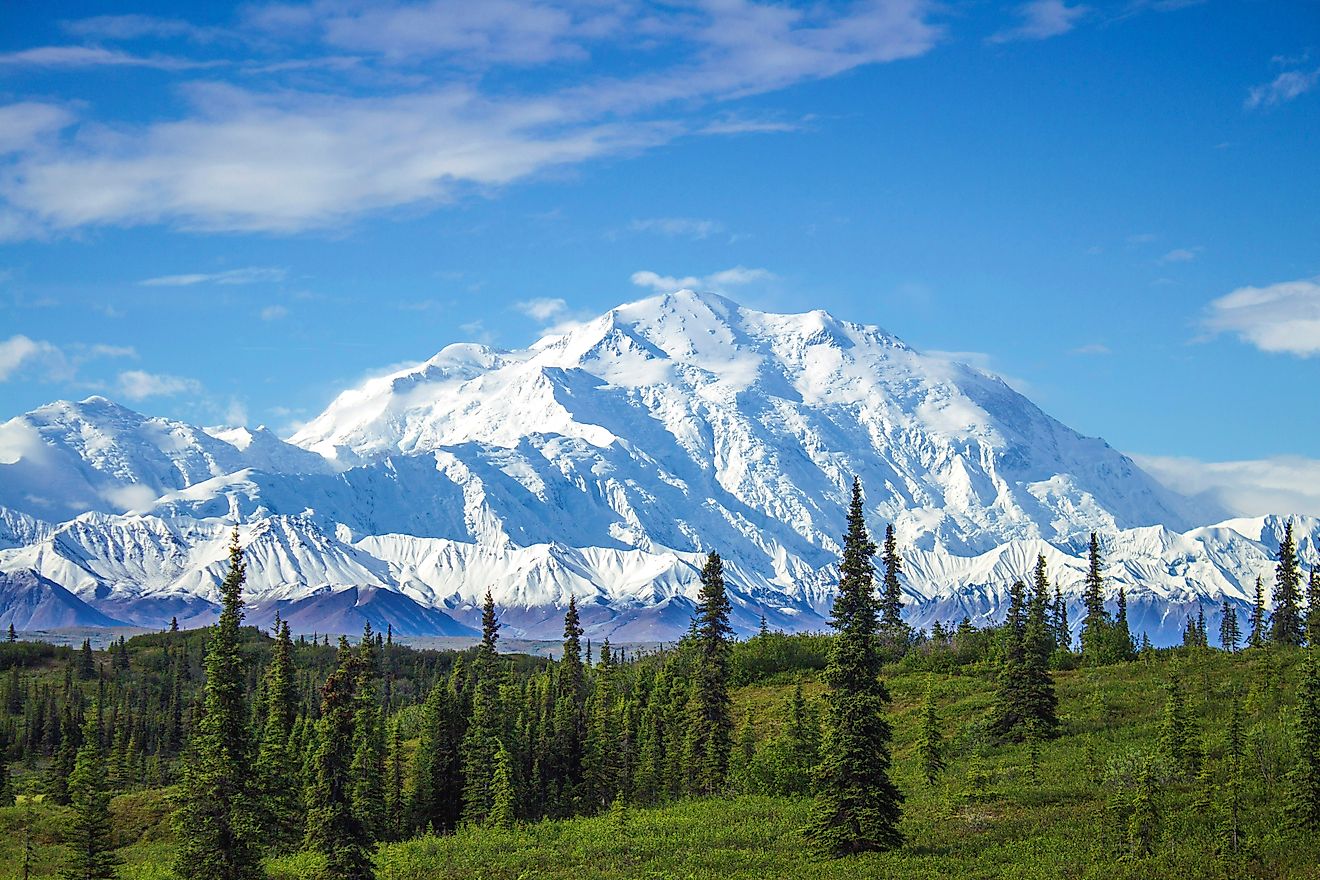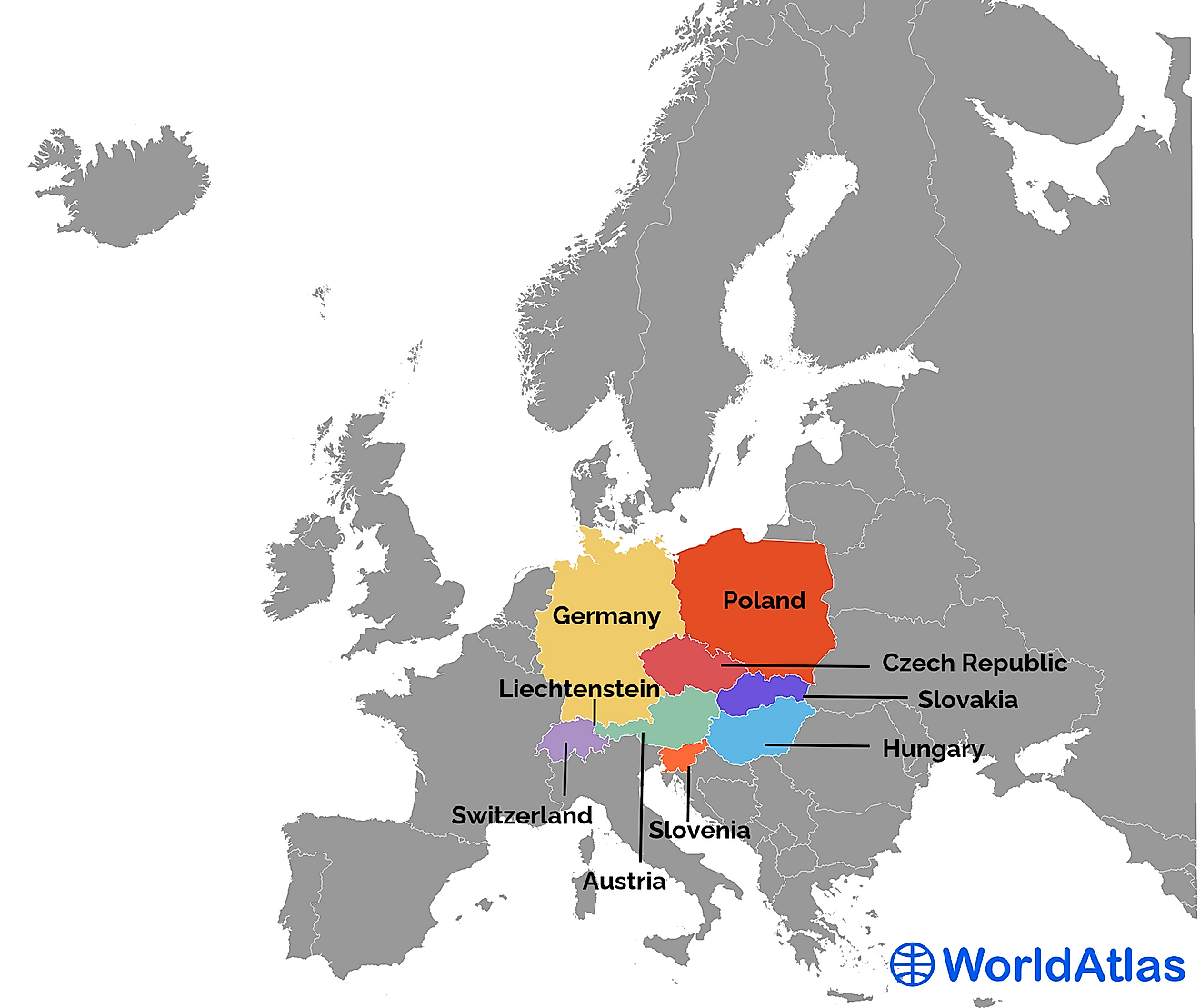What Is A Cultural Region In Human Geography?

- Macro-cultures are formed by combining smaller cultures into one.
- The concept of a cultural region was defined in anthropology as a geographic region that is characterized by a predominanly uniform culture.
- The most common type of cuture regions is the formal one where people inhabiting the area share at least one cultural trait.
A culture region (or cultural) is a term used in both geography and anthropology. It is often called the cultural sphere, cultural area, or culture area as well. The term is defined as one human activity or complex of activities that is homogenous. These activities are associated with different ethnolinguistic groups and their territories.
Most cultures do not limit themselves to the borders of nations or states. They go beyond that and form areas of their own. They possess their own spheres of influence that may overlap with one another or create specific macro-cultures that are formed by combining smaller cultures. Cultural regions can form in many different ways and take different forms, but the most important thing is the cultural homogeneity.
The Concept Of Cultural Region
There are many ways boundaries of cultural regions can be drawn, and sometimes they are drawn depending on specific aspects of interest of culture. Some of those aspects include religion, folklore, architecture, and many more. The concept of a cultural region was first mentioned in cultural anthropology. It was defined as a geographic region that is characterized by a mostly uniform culture and cultural environment. The definition has not changed much since then.
The first people that mentioned the concept were ethnologists in the early 19th century. Clark Wissler and Alfred Kroeber developed the concept more deeply, and they introduced the factors of cultural divisions. Some scientists criticize the concept because it seems arbitrary, and there are no set rules that determine the classification of these regions. However, many disagree and continue to organize communities into cultural regions.
Types Of Cultural Regions
There are multiple types of cultural regions. The most common one is the formal culture region, an area that is inhabited by people that share one or more cultural traits. Those traits include language, religion, and many others. These types of areas are mostly homogenous according to the cultural attributes that define them.
It is important to find the cultural borders of these regions when we try to define them. However, cultures often mix, so these borders are rarely set in stone, and change constantly. The most important thing, when mapping formal culture regions, is to determine the center of the region, its core.
The second type of culture region is a functional culture region. They are not culturally homogenous. They are mostly organized to be able to function politically or economically as a single unit. Many types of regions can fall under this type, such as cities, independent states, and even trade areas. These regions have central points, and every function of the regions themselves is coordinated from there. These central points are most often places such as city halls, banks, or voting places.
Another type of culture regions is vernacular, popular, or perceptual cultural regions. They are perceived as real and existing by their inhabitants. We can find proof of this in the fact that they are widely accepted by everyone and have specific names. They also lack borders, and they mostly develop out of a sense of belonging that is present within the residents of a region or people that are bonded by a certain cultural trait. However, these regions often lack the cultural homogeneity of other types of regions.
